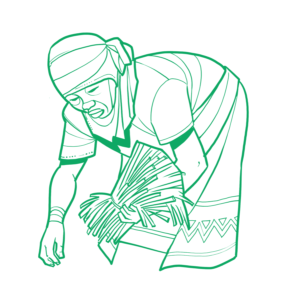KEY CONCEPTS
Agribusiness
Agribusiness is a type of corporation that produces food or agricultural products (agrofuels, textiles, etc.) for profit, mostly aimed at international markets. In the context of this primer, we refer to those whose products are primarily produced through the use of modern, mechanized, industrial agriculture on large plantations, with a high reliance on synthetic fertilizers and pesticides, and are processed industrially and distributed globally.
Climate Change
Climate Change is long term changes in the Earth’s climate caused by human activity, which generally leads to warmer global average temperatures and increasingly unpredictable weather patterns.
Climate COP
COP stands for Conference of the Parties, and the summit is be attended by the countries that signed the United Nations Framework Convention on Climate Change (UNFCCC)
Climate Justice
Climate Justice demands that the fight against climate change become much more than just a technical and scientific effort. Climate change is a result as well as a symptom of the dysfunction of the current system, and consequently can only be truly addressed by changing the system.
Climate Justice is a fight to transform the global economic system and for the just redistribution of resources. It is a fight against power structures that give authority to a corporate elite who, despite having caused the climate crisis, are also given the mandate to solve it.
CARBON OFFSETTING
The action or process of compensating for carbon dioxide emissions arising from industrial or other human activity, by participating in schemes designed to make equivalent reductions of carbon dioxide in the atmosphere.


















